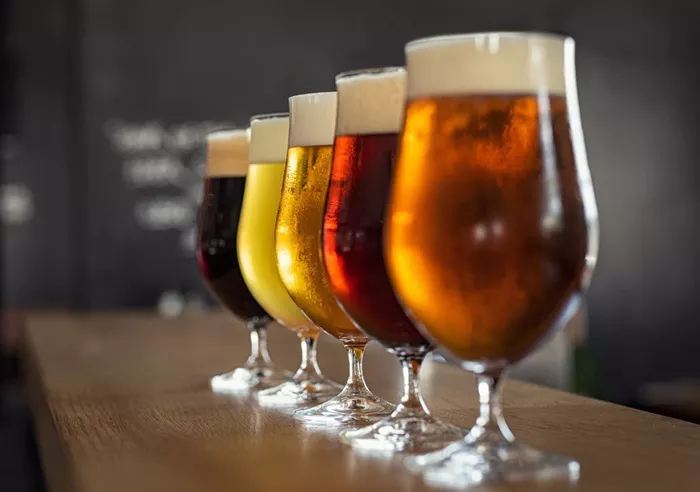Brussels, Belgium — Winding through copper vats and oak barrels, early-morning visitors crowded into the historic Cantillon Brewery, located in Brussels’ working-class Anderlecht district, to witness the brewing of traditional lambic beers. Founded in 1900, the brewery has remained a staple of Belgium’s brewing heritage, offering a rare glimpse into a centuries-old brewing method that continues to attract beer enthusiasts worldwide.
Cantillon specializes in lambic beers, known for their unique production process of spontaneous fermentation, which relies on wild yeasts native to the Zenne Valley, rather than cultivated brewer’s yeast. This fermentation process, combined with aging in wooden barrels for months or even years, imparts a signature dry taste and subtle tart aftertaste, distinguishing lambic beers from others.
The brewery’s most sought-after beer is gueuze, a blend of lambics from different years that can be flavored with fruit varieties such as kriek (cherry). Gueuze is a specialty brewed by only about 20 breweries across Belgium. This specialty beer, along with the brewery’s historical charm, has made Cantillon a must-see destination for beer lovers, drawing over 30,000 visitors annually.
In the late 1970s, Cantillon set itself apart by transforming into a museum to educate visitors about the brewing process. On a November morning, the brewery was bustling with tourists from Italy, France, Japan, and Britain, all eager to observe the time-honored process in action.
Among the visitors were two interns from Quebec, Canada, including Isabelle Gignac, a beer professional working at a microbrewery in the Gaspe Peninsula. Gignac, sent to Cantillon by her employer for a five-week apprenticeship, noted the key to Cantillon’s unique flavors: the aging process and the selection of barrels used during fermentation. The brewery incorporates a range of fruity aromas, such as morello cherry, haskap, and elderflower, during secondary fermentation to enhance the depth of flavors in its gueuze.
Cantillon’s beers, described by co-owner Jean-Pierre Van Roy as the closest to “primitive beer,” are a nod to brewing practices before the microbiological discoveries of Louis Pasteur in the 19th century. Despite producing only a modest 2,500 hectolitres annually, a fraction of Belgium’s total beer consumption of 6.5 million hectolitres, Cantillon’s reputation has spread far beyond its home country. Two-thirds of its output is exported globally.
Today, Cantillon remains a family-owned business, with Jean-Pierre and his wife Claude Cantillon, the granddaughter of the brewery’s founder Paul Cantillon, serving as majority stakeholders. Their children manage the daily operations, continuing the legacy of a brewery that is as much a living museum as it is a producer of some of the world’s most revered beers.
For beer enthusiasts like John Gallagher, an Irish academic from Leeds, Cantillon’s beers are a testament to the craftsmanship and “terroir”—the unique blend of soil, climate, and culture—that defines Belgian brewing. “These are beers rooted in a ‘terroir’—that’s what gives them such a reputation with beer lovers,” Gallagher said, as he savored a fruity gueuze. “In England, traditional methods have long been lost.”
You might be interested


